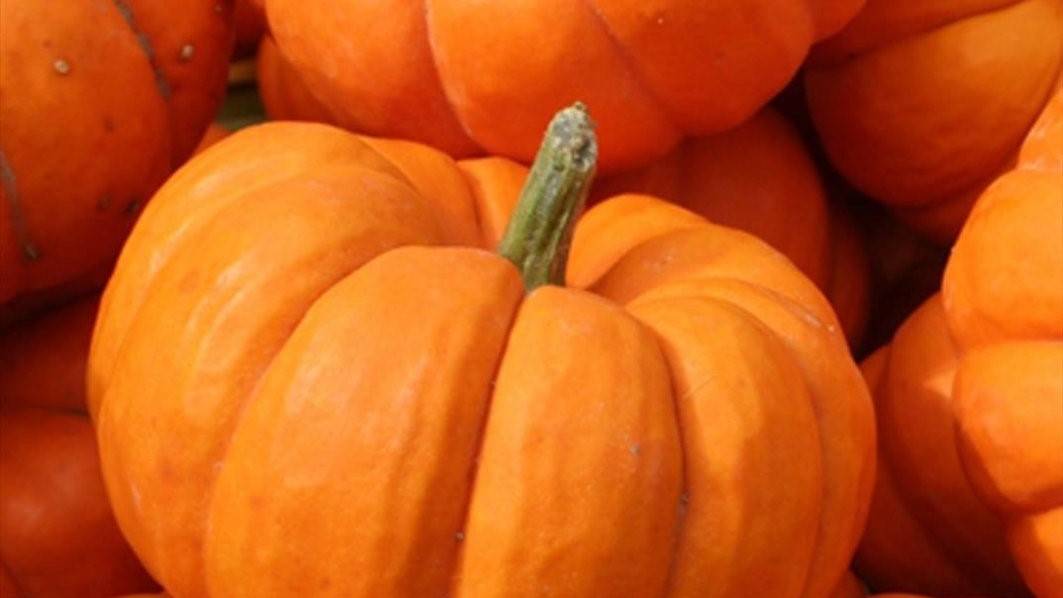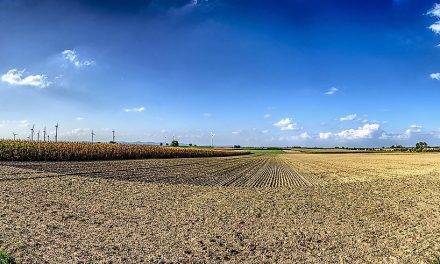The color of pumpkin is orange due to a pigment called “carotenoid”, also an antioxidant compound that helps to mantain the health
By Mansi Srivastava, Discover Food Tech
Since the school times, we have been taught that the color of an object will be the color which the object reflects except that all other colours are absorbed. This might answer the question of why pumpkin is orange in colour, but looking deep into science as to what contributes solely to the colour of pumpkin, we will get the answer that Why Pumpkin Is Orange In Color.
The color of this fruit is orange due to a pigment called “Carotenoid”.
Carotenoids are the plant pigments responsible for bright red, yellow and orange hues in many fruits and vegetables. This pigment is found in the cells of a wide variety of plants, algae and bacteria. Today around 1100 carotenoids are known. This pigment not only contributes to the color but to a wide range of fruits and vegetables.
In pumpkin, the carotenoids are dispersed throughout skin and flesh. This is different from a red apple which has a color localised in skin or a mango with brightly colored flesh. It is not that the color of pumpkin is orange since the fruit is young. The color of the fruit is usually green at the onset of fruit formation. As the fruit matures, the chlorophyll pigment is replaced by carotenoids. Color is often used as a maturity index for the harvesting of fruits and vegetables.
Besides Carotenoids, there are other factors that affect the color in pumpkin. Mansi Srivastava explains about in the full article. See the link below.
Sources
Discover Food Tech – Why Pumpkin Is Orange In Color?, by Mansi Srivastava
Picture
El Periódico – La calabaza, un elixir de miedo











